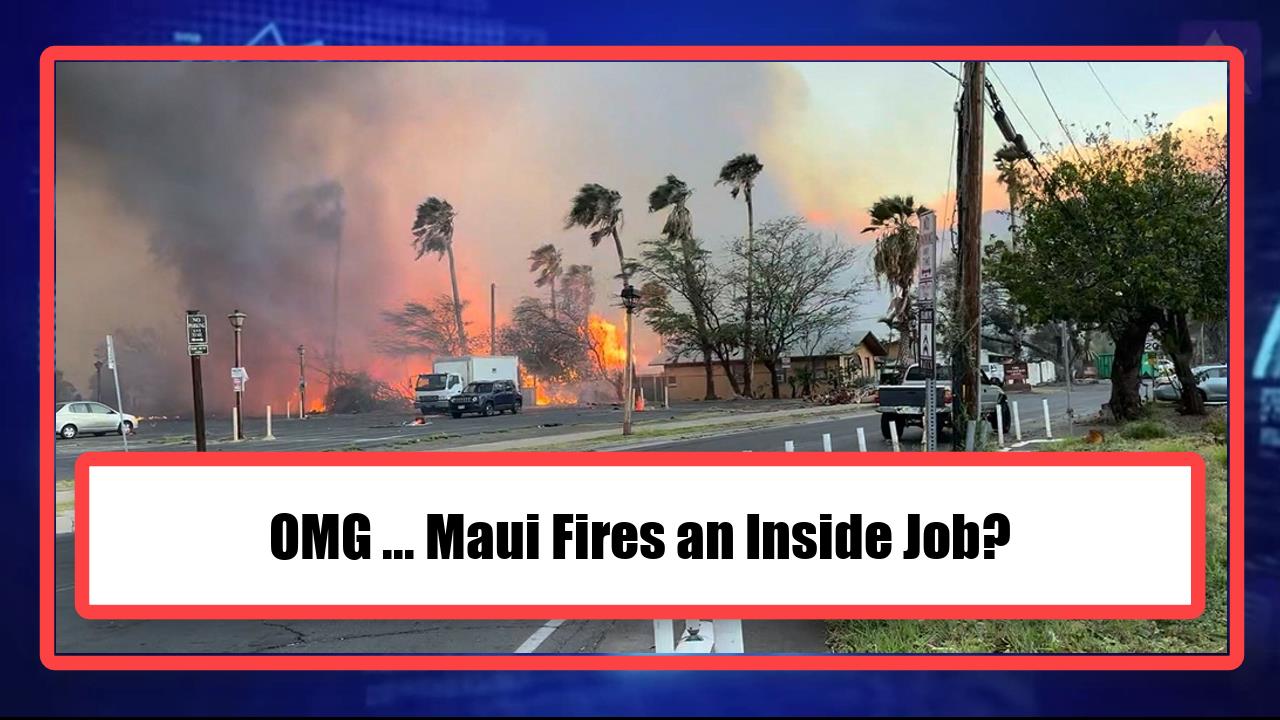Video:
Take our online poll:
AI Analysis:
The phenomenon you're describing can occur during wildfires, and it's often due to a combination of factors related to fire behavior, construction materials, and the specific conditions present during the fire. Here are some reasons why houses might burn more completely than trees during wildfires that pass through suburban areas:
1) Fuel Types: Houses are typically constructed from materials that can easily catch fire and burn intensely, such as wood, plastics, and other synthetic materials. These materials release a high amount of heat energy when they burn, causing fires to spread rapidly and intensify. In contrast, trees consist of living or dead organic matter that contains moisture, which can act as a natural barrier against ignition and slow down the spread of fire.
2) Embers and Flying Debris: During wildfires, strong winds can carry burning embers and debris over long distances. These embers can land on roofs, decks, and other vulnerable parts of houses, igniting them and starting fires. Trees, especially those with well-maintained canopies and moist leaves, can help intercept and dampen the impact of flying embers, reducing the risk of ignition.
3) Proximity to Fuel Sources: Houses in suburban areas often have a higher concentration of potential fuel sources in close proximity, such as flammable vegetation, fences, decks, and other outdoor structures. These items can contribute to the intensity of the fire around houses and make them more vulnerable to ignition.
4) Construction Vulnerabilities: Some construction vulnerabilities, such as gaps in roofing, vents, or other openings, can allow embers and flames to enter houses, increasing the likelihood of fire spread within the structure.
5) Fire Department Access: In some cases, fire departments might prioritize protecting houses over the surrounding vegetation due to the potential risk to human life and property. This focus on structural protection might involve using water resources to suppress house fires, leaving nearby trees relatively untouched.
It's important to note that while trees might appear untouched immediately after a wildfire, they can still suffer internal damage that affects their long-term health. Additionally, the specific dynamics of fire behavior can vary widely based on factors such as fire intensity, wind direction, and the arrangement of fuel sources.
Chart:

References:


Comments